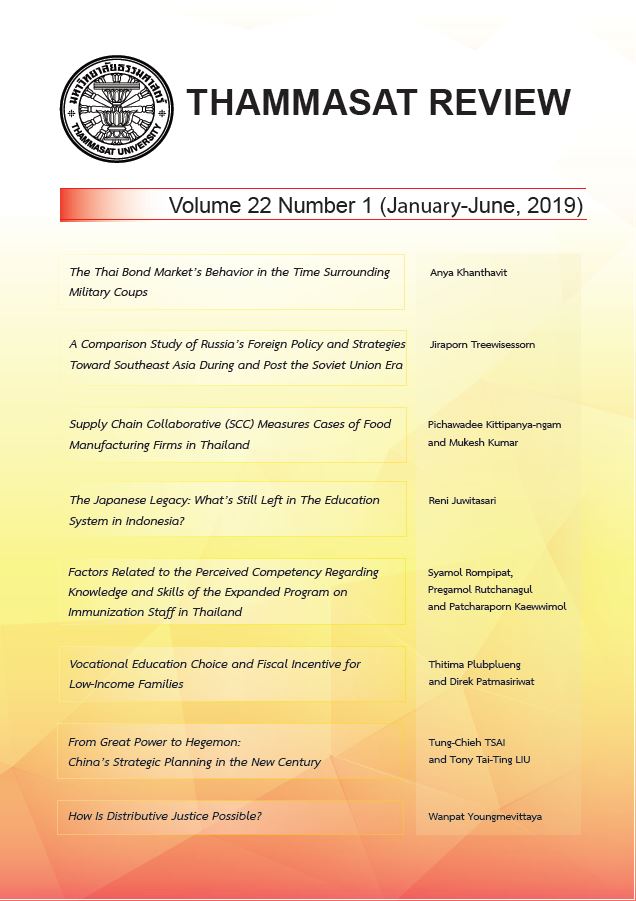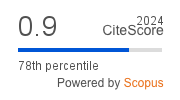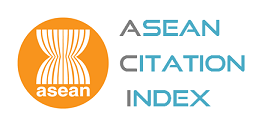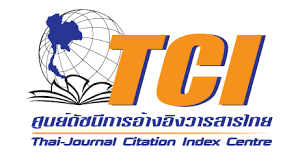The Japanese Legacy: What’s Still Left in The Education System in Indonesia?
Keywords:
Japanese Occupation, Military Discipline, Legacy, Indonesian Education SystemAbstract
Compared to the Dutch, the Japanese occupation period in Indonesia was considerably short-term for “only” three and a half years. However, during the occupation period, the Japanese had changed policies created by the Dutch, particularly in education. The policy alteration that the Japanese made have unnoticeably become part of a colonial legacy in the Indonesian education system. The foremost obvious example was that the Dutch created dualism system in education for the Dutch East Indies (former name of Indonesia) that opened education access for solely Indonesian noble/royal families. When the Japanese came, they eliminated the dualism system into spirit of unity and nationalism. Hence, they transformed the natives’ education system to promote Bahasa Indonesia as the national language, abolished the gap status and disparity between rakyat jelata (common people/mob) and orang ningrat (gentility) to get education and teacher certification to Indonesian people. The Japanese had also adjusted the study period to a system 6-3-3. Moreover, people had to attend the military training (Kyoren) to learn lines march (Seinendan). The Japanese had also introduced taiso (physical training) for people who would attend military service. The military background had boldly influenced the concept of education in Indonesia as built by the Japanese troops during the occupation era. The troops introduced the Japanese flag, national anthem, national language, and physical training. This research argues that there are concealed legacies from the Japanese occupation in Indonesia that have been left unnoticed. Thus, the main aim of this study is to figure out what elements of the Japanese occupation legacy can still be found in education system in Indonesia today. A historical qualitative method will be used to elaborate data from relevant historical documents and literatures. The result of this study will show as follows: 1) the comparison of the education system between the Dutch and Japanese, and 2) the result of the Japanese legacy in the Indonesian education system.
Downloads
Published
How to Cite
Issue
Section
License
The opinions and ideas expressed in all submissions published in Thammasat Review are solely that of the author(s) and do not necessarily reflect that of the editors or the editorial board.
The copyright of all articles including all written content and illustrations belong to Thammasat Review. Any individuals or organisation wishing to publish, reproduce and distribute a particular manuscript must seek permission from the journal first.








